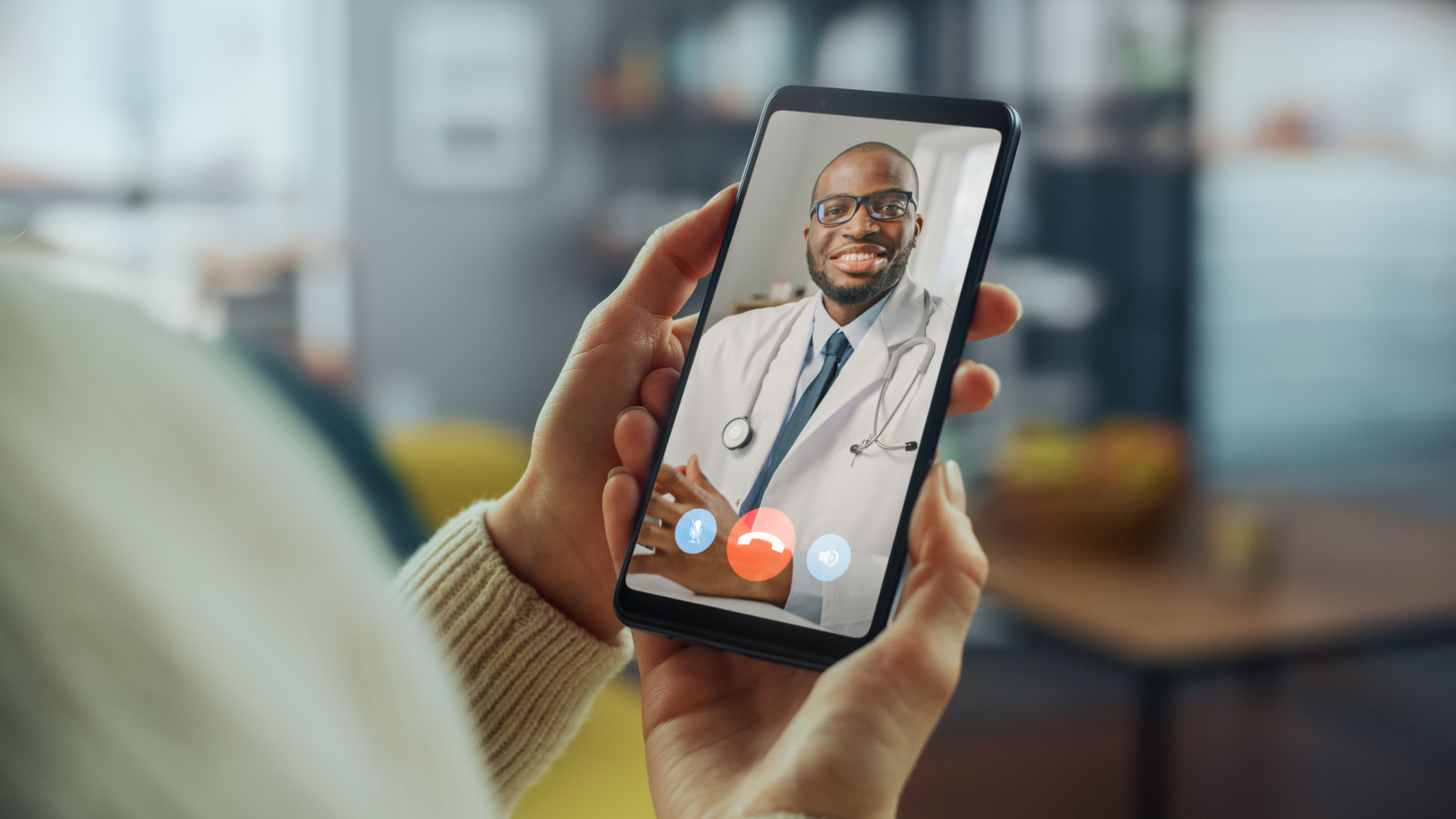Article
Smartphone App Measures Neonatal Jaundice; Efficacy Comparable to Conventional Methods
Author(s):
A smartphone application designed to identify jaundice in newborns was found to have a similar success rate as the most commonly used conventional screening method.
Researchers found that Neonatal Scleral-Conjunctival Bilirubin (neoSCB)—a sclera-based smartphone application—was comparable to the Drager Jaundice Meter (JM-105) and serves as a potential affordable, contactless, and lifesaving screening tool for neonatal jaundice.
These findings were published in Pediatrics.
The authors explained that the application is used to identify severe jaundice in newborn babies by scanning their eyes and measuring the yellowness of the sclera.
Following an initial study involving 37 newborn babies, this study initially included 724 infants in the optimization and validation phases, and included 336 newborns with no history of jaundice treatment to compare the effectiveness of the neoSCB app with conventional screening methods.
In this group of 336 newborns aged younger than 28 days, 79 of them had severe jaundice, and the neoSCB app correctly identified 74 of these cases.
Screening values were compared with total serum bilirubin (TSB)—the yellow pigment in the eye made during the breakdown of red blood cells—measured at the point of care.
According to the authors, the success rate of neoSCB was comparable to that of the JM-105, a noninvasive transcutaneous bilirubinometer that is the most commonly used conventional screening method for neonatal jaundice. The JM-105 correctly identified 76 of the 79 cases.
While the neoSCB app had similar diagnostic accuracies to JM-105, it also had a higher error variance when TSB levels were greater than 14.62 mg/dL.
“The neoSCB app gave an underestimation of bilirubin at higher values of TSB, whereas JM-105 gave no numerical values under similar conditions,” the authors wrote. “These findings are not clinically relevant for devices intended for use as threshold detectors for referral for additional clinical assessment and blood tests.”
In terms of accessibility, the authors also mentioned that it took only an hour or less to teach rural community health care workers how to use the neoSCB app. However, they also noted that cost may be a barrier for low-resource areas.
Overall, the authors said this smartphone app was validated as a potential contactless screening tool for neonatal jaundice, and should be looked into further.
“It requires no consumables or extra utility costs to the health system and was acceptable to mothers,” the authors said. “To reduce unnecessary hospital referrals for blood tests and delays in clinical decisionmaking, neoSCB may be considered a feasible tool for neonatal jaundice screening of term infants in settings similar to Ghana.”
Reference
Enweronu-Laryea C, Leung T, Outlaw F, et al. Validating a sclera-based smartphone application for screening jaundiced newborns in Ghana. Pediatrics. Published online June 3, 2022. doi:10.1542/peds.2021-053600





